What Is A Macrobiotic Diet?
Have you ever heard of something called the macrobiotic diet? Its name is from the Greek words ‘macro’ and ‘bio,’ which translate to long and life, respectively. It is rooted in traditional Japanese food and started to increase in popularity in western countries around the 1960s. It also encourages only eating organic food sourced within a five hundred mile radius of the home, which is a common thought in the farm to table trend. But what exactly can individuals eat on the macrobiotic diet under these conditions? How much of each can they eat?
It’s time to discover everything you wish to know about what foods individuals can and cannot eat on a macrobiotic diet, as well as the lifestyle changes macrobiotic dieters are encouraged tomake.
Whole Grains
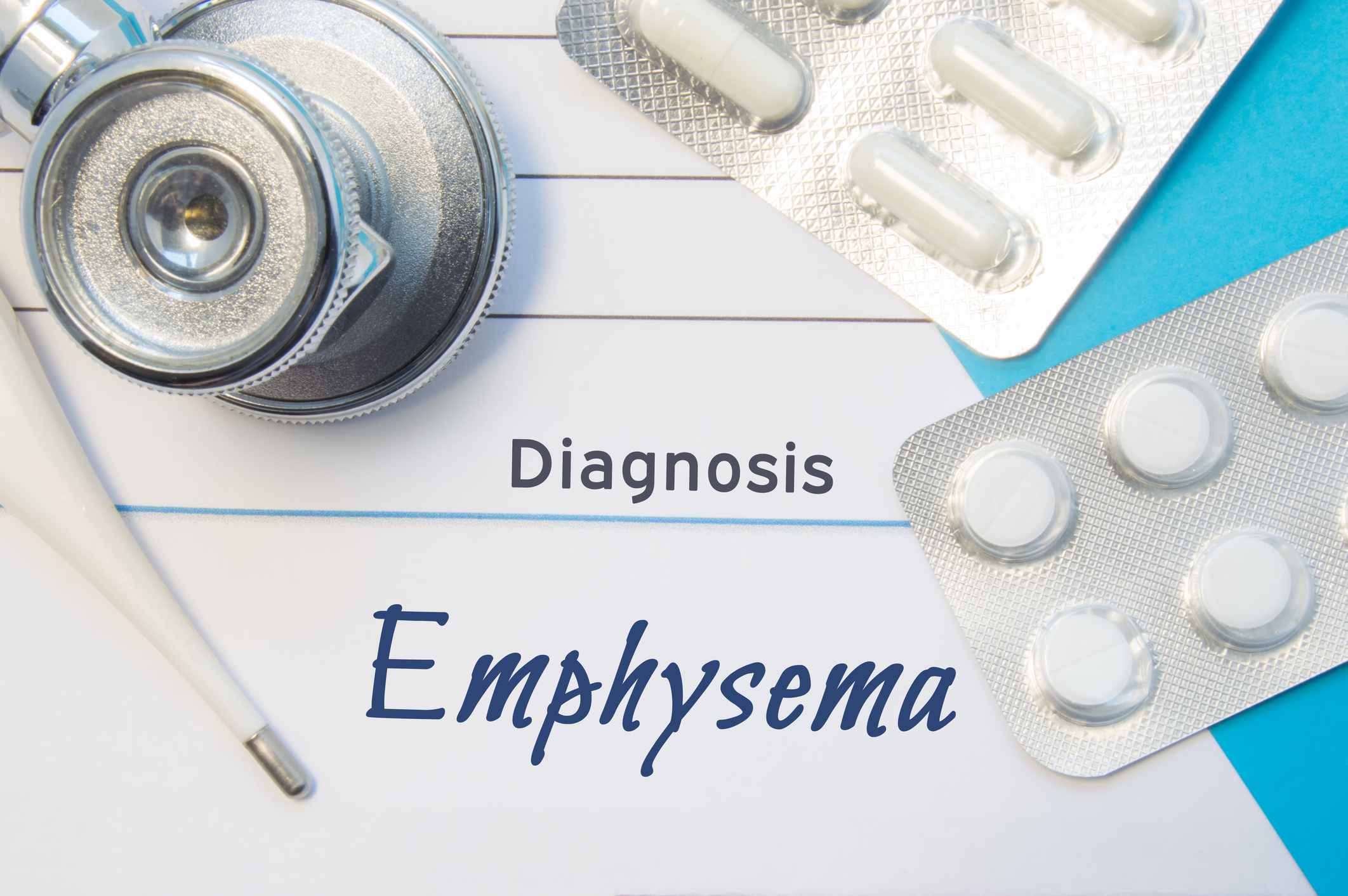
Whole grains are the foundation of every macrobiotic diet. Although there is some leeway in each piece of the diet, theKushi Institute (the accepted authority for this diet) recommends a macrobiotic diet should be made up of forty to sixty percent organic whole grains, measured by weight. A serious whole grain macrobiotic diet includes oats, brown rice, buckwheat, millet, corn, barley, and rye. Macrobiotic dieters may also consume pasta noodles (look for whole wheat or whole grain - not white), whole grain bread (unyeasted, ideally) and some partially processed whole cereal grains. Of course, these processed or partially processed grains should be minimal, since the primary focus in a macrobiotic diet is unprocessed food.
Continue reading to learn how vegetables come into this diet:
Vegetables
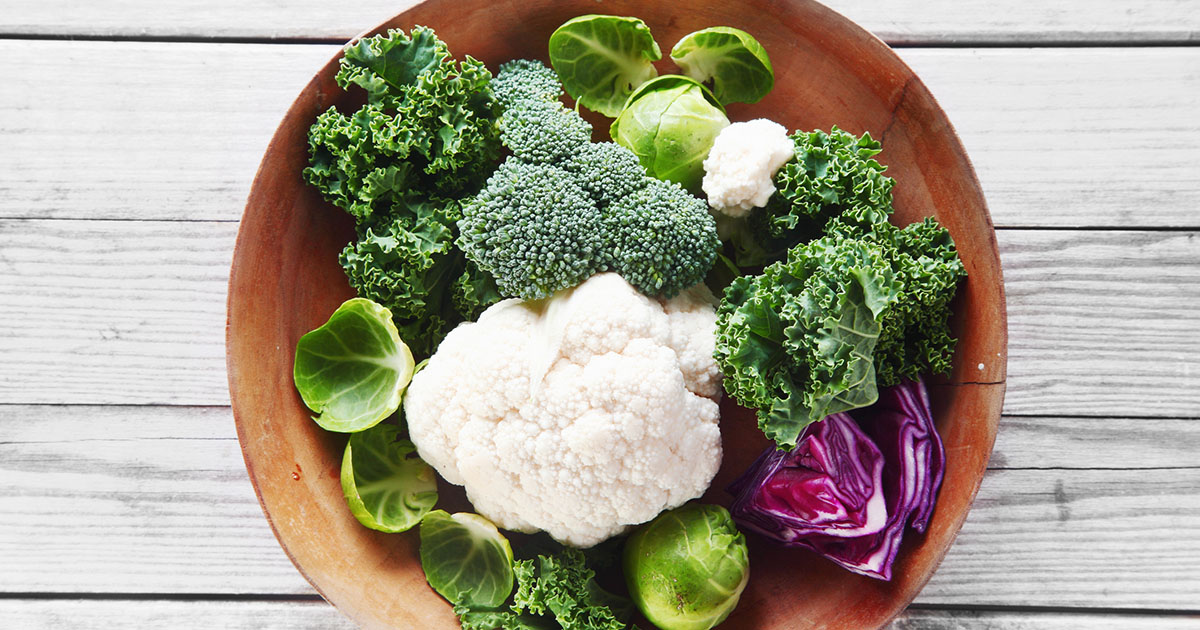
In many diets, individuals can eat as many vegetables as they please and do not have limits on what specific ones they choose to include. This is not the case with the macrobiotic diet. Here, locally grown vegetables should account for twenty to thirty percent of the food macrobiotic dieters eat. These guidelines also outline the vegetables that dieters are allowed to eat daily, occasionally, and sparingly. Daily vegetables include kale, broccoli, cauliflower, onions, mustard greens, Daikon radishes, turnips, carrots, watercress, bok choy, and winter squash. Occasional vegetables, allowed approximately two to three times in one week, are lettuce, celery, cucumbers, and some herbs, such as chives. The vegetables those subscribing to a macrobiotic diet should limit how often they consume include avocados, eggplants, tomatoes, spinach, rhubarb, zucchini, and asparagus.
TheKushi Institute also recommends specifics on how to cook and consume these vegetables. The three most common cooking methods are blanching, lightly steaming, or sauteing vegetables in unrefined, cold-pressed oil. Individuals should only consume a few raw vegetables and avoid pickling where possible.
Continue reading for details on fruit and the macrobiotic diet.
Fruit

Under a macrobiotic diet plan, individuals are only supposed to consume fruit a few times a week rather than every day. As with the other food choices, the fruit eaten should also be organic and locally grown. This means individuals need to pay attention to the seasons to determine what their current options are. Typically accepted fruit under this diet includes apples, pears, peaches, raspberries, blueberries, grapes, watermelon, and cherries. However, this diet recommends avoiding tropical and citrus fruits such as papaya, mango, bananas, coconuts, limes, grapefruit, and oranges. Those who follow a macrobiotic diet also tend to avoid drinking too much fruit juice, if they drink any at all. Should they choose to drink any fruit juice, it should always be one hundred percent real juice and not any of the fruit cocktails full of sugar, often seen on grocery store shelves.
Continue reading to see how many macrobiotic dieters consume beans and sea vegetables.
Beans And Sea Vegetables
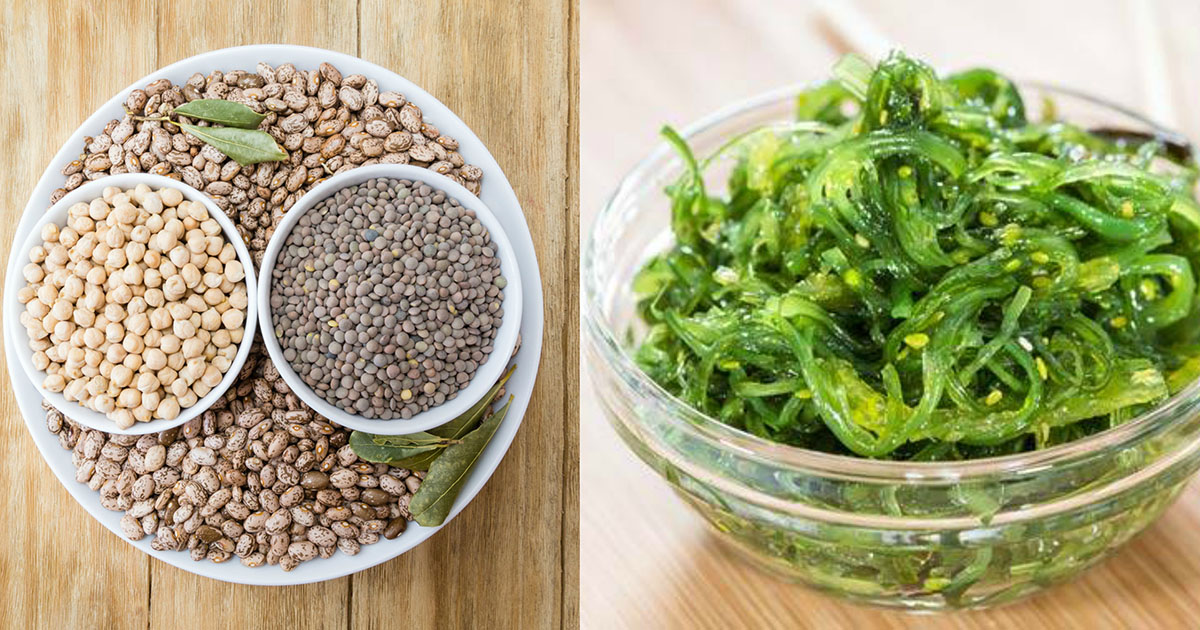
While they seem like an odd pairing, beans and sea vegetables, typically comprise five to ten percent of what individuals should eat when following the macrobiotic diet recommendations from the Kushi Institute. Beans are essential under this diet since they are the primary source of protein. However, just like the general grouping of vegetables, there are regulations around specific beans and bean-based products. Beans individuals can eat once a day include lentils, chickpeas, and azuki. They should only consume other beans and bean products, such as kidney beans, haricot beans, tofu, tempeh, and miso, once or twice per week.
Sea vegetables are particularly important in a macrobiotic diet to provide nutrients such as iron, calcium, vitamin B12, and beta-carotene. Typically, those following the macrobiotic diet will interchange beans with these sea vegetables, since beans are permitted once a day at maximum. Popular choices for sea vegetables are nori, kombu, dulse, agar-agar, and wakame.
Read on for details on the other foods included in the macrobiotic diet.
Fish, Nuts, And Seeds Under The Macrobiotic Diet
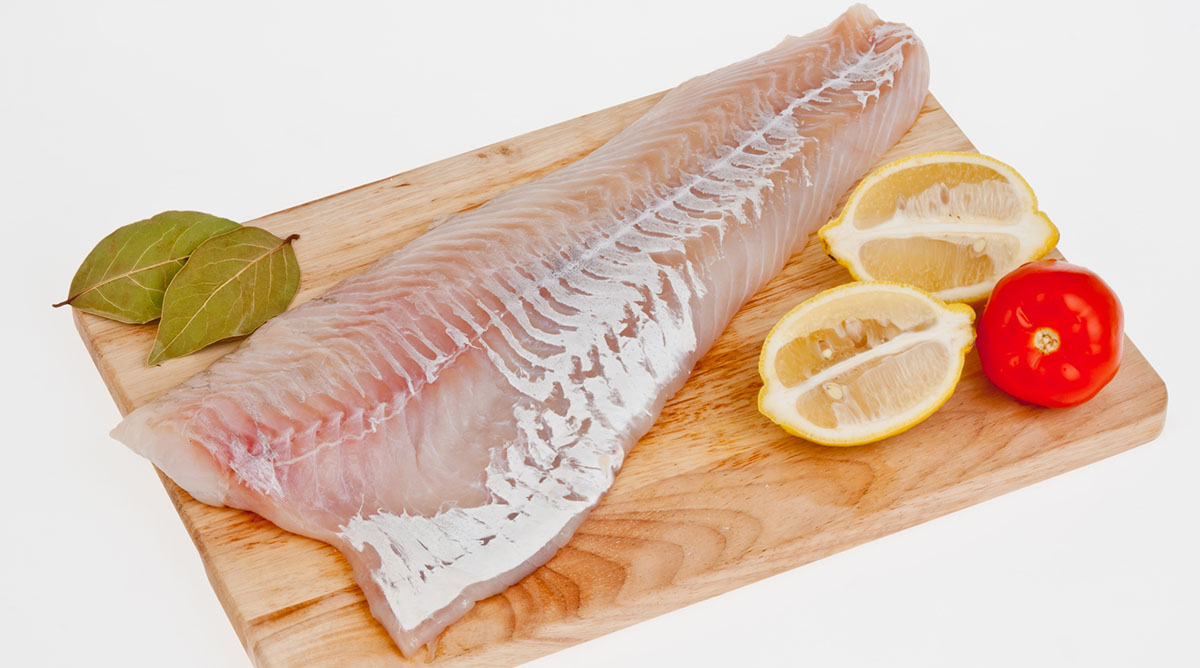
The previous foods discussed the percentage of your macrobiotic diet they should take up. Of course, individuals can consume nuts, seeds, and fish when following this diet. However, since they are not the focus, there is not a specific percentage for each, and dieters use them to complete the remainder of their macrobiotic diet, while of course limiting consumption to a few times each week rather than every day.
Those who follow a macrobiotic diet are encouraged only to consume local and freshly-caught non-fatty white fish. Popular choices include cod, sole, halibut, and flounder. Nuts and seeds are limited to one or two cups per week and should be lightly roasted without added salt. Popular choices include chestnuts, almonds, sesame seeds, peanuts, walnuts, and pumpkin seeds. Those following the macrobiotic diet are told to avoid consuming (or consume sparingly): pistachios, macadamia nuts, cashews, hazelnuts, and Brazil nuts.
Food To Avoid

Due to the numerous restrictions on food in a macrobiotic diet, it is clear a diet like this takes quite a bit of dedication. When first transitioning to this diet there is some leeway in regards to the food you can eat, but once fully on the macrobiotic diet, there are lots you need to avoid. The most common foods individuals on the macrobiotic diet avoid are spicy food, processed food, refined sugar, soda, coffee, alcohol, honey, chocolate, fragrant tea, eggs, and all meat, poultry, and dairy. However, some individuals do choose to indulge in them once a month if they still have intense cravings for these foods.
But food is not the only component of the macrobiotic diet. Continue reading to find out more.
Macrobiotic Lifestyle Suggestions
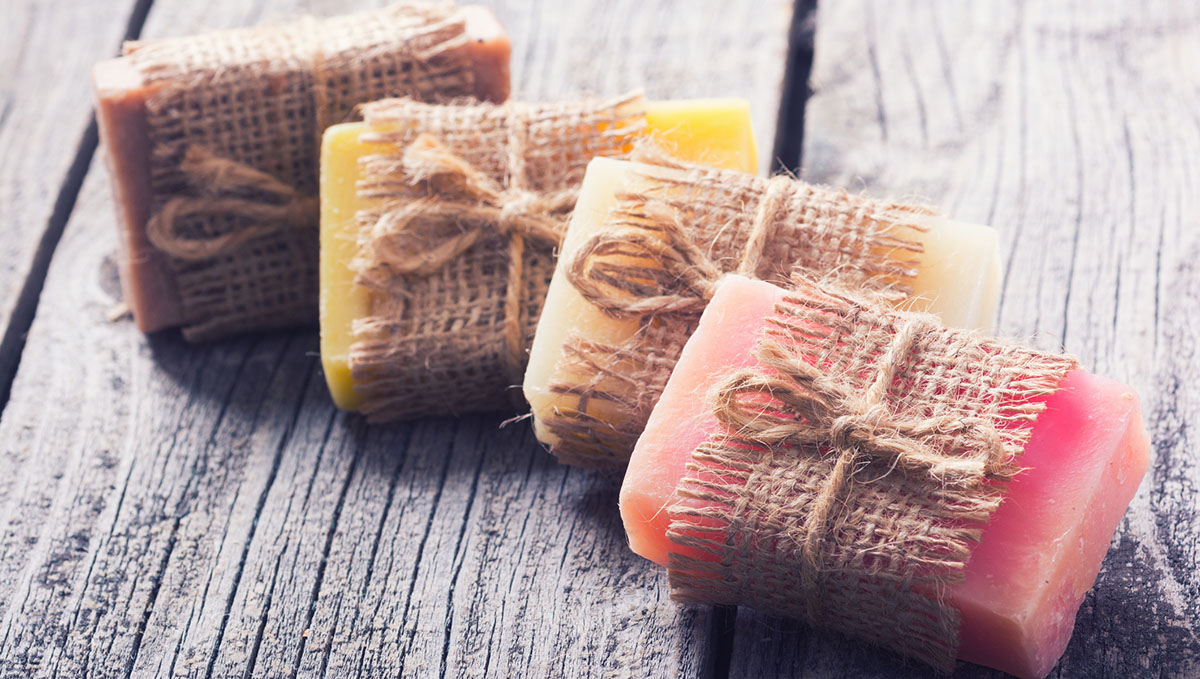
Many claim the macrobiotic diet is, in reality, more than just a diet, it is supposed to be a lifestyle as well. With this in mind, some of the most popular suggestions directly related to consuming food that individuals should make when going on the macrobiotic diet include eating only when hungry and chewing approximately fifty times per mouthful. Other suggestions include leaving the dinner table when satisfied but not quite full, drink only when thirsty, and avoid eating at least two hours before going to sleep.
Other lifestyle changes include wearing cotton clothing as much as possible, using natural cosmetics and cleaning products and exercising regularly. Also, decrease the daily amount of time spent in the direct sun, avoid long hot showers, minimizing theuse of electronics such as the television and computer, and maintaining a clean home, particularly in the kitchen where food is prepared.